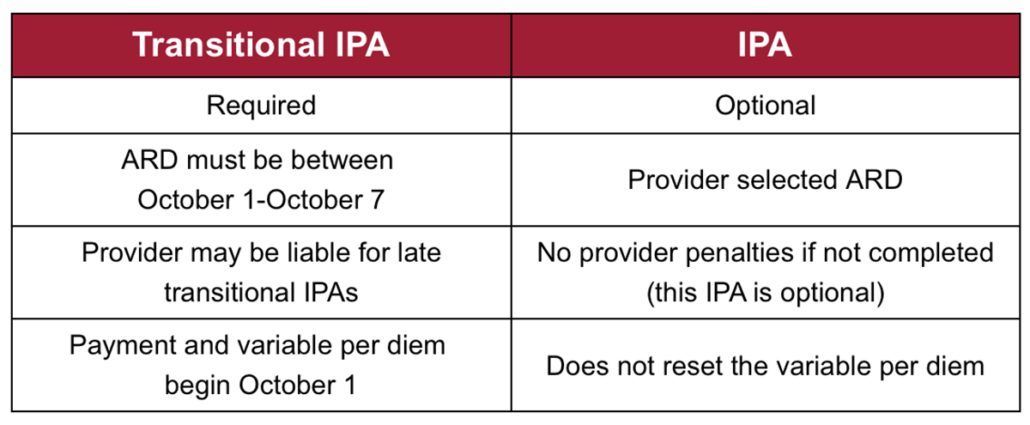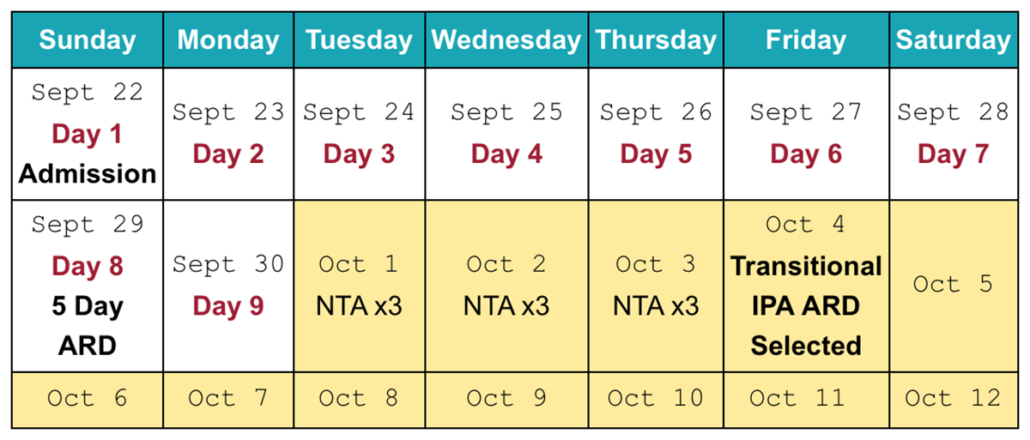The final submission deadline for this quarter is November 14th, 2019. Only data successfully submitted by this time is used on the Nursing Home Compare website and in the five star rating calculations.
Tips:
- Once information is uploaded, check your Final Validations Report which is accessed in the Certification and Survey Provider Enhanced Reporting (CASPER folder) to verify data was submitted successfully.
- It may take up to 24 hours to receive the validation report.
- QIES helpdesk is available for assistance help@qtso.com
- Do not wait until just a few days before the deadline to submit PBJ data for the reasons above.


